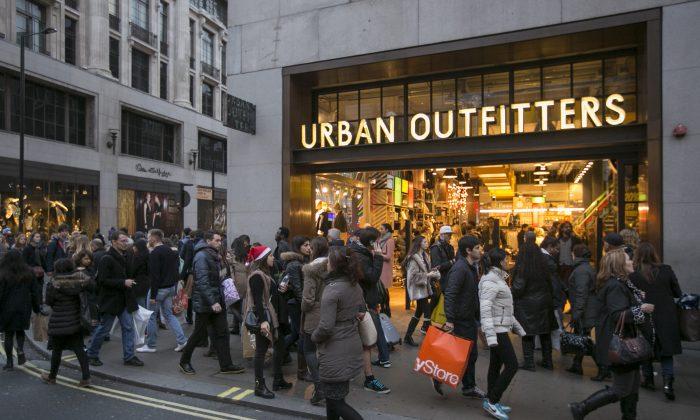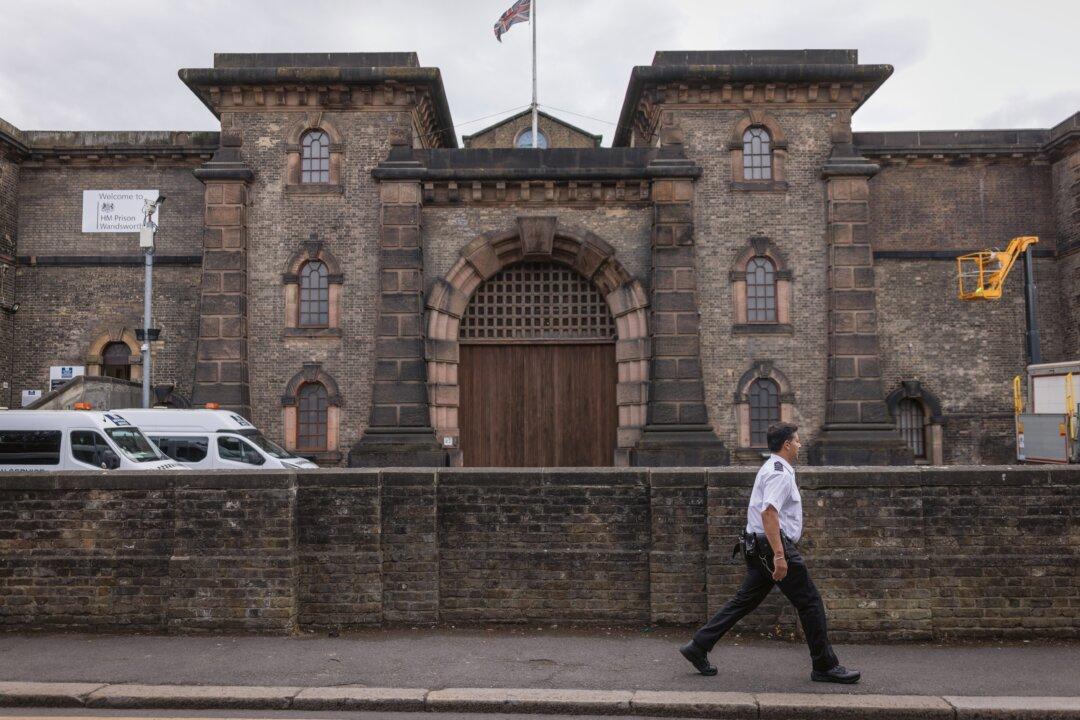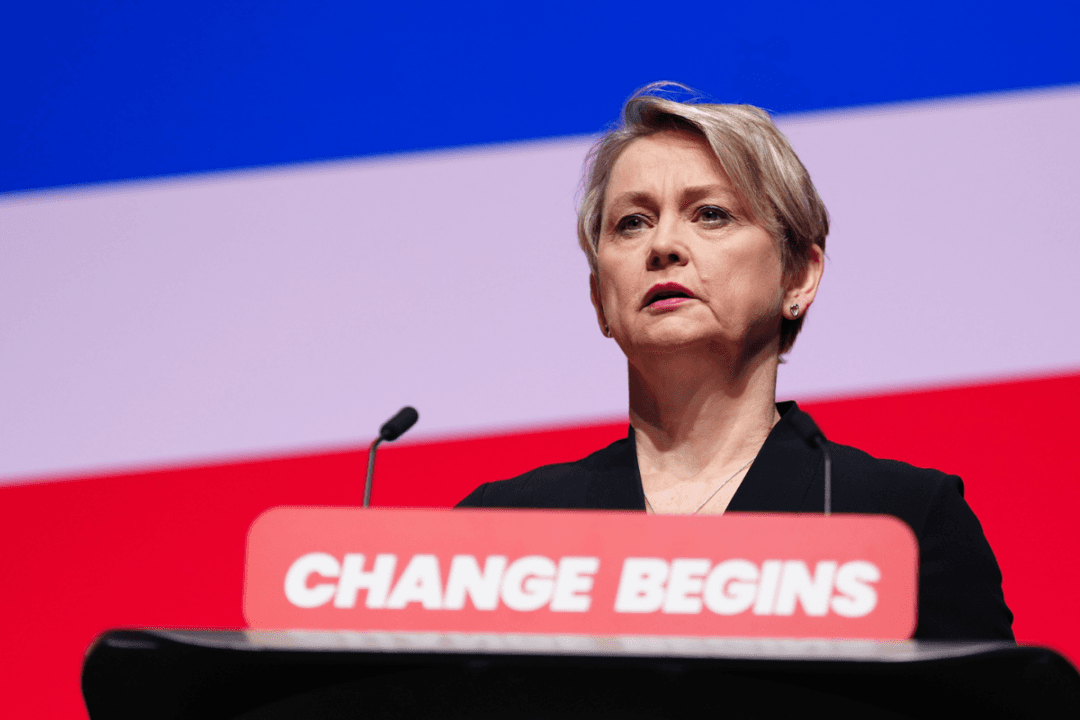The growth in wages has weakened and the job market has been stalling, but employment data has revealed a welcomed increase on the quarter.
The annual growth of regular pay in the UK has fallen sharply, amid dropping number of vacancies and an unchanged rate of unemployment.
The
average total earnings, excluding bonuses, eased from 7.3 percent to 6.6 percent in the period between September and November 2023.
The Office for National Statistics (ONS) said that the average weekly wages, including bonuses, were at 6.5 percent.
The figures showed it to be the lowest rate since the three months to January last year and one of the steepest falls in wage growth since the COVID-19 pandemic.
Despite slowing down, wage growth is still outpacing price increases. The latest published ONS data recorded a
core CPI of 5.1 percent. New CPI figures will be published on Tuesday.
In November, the
inflation rate, which has been stubbornly high in the past two years, made a surprise drop to 3.9 percent. Easing inflation means real wages grew for the fifth month in a row, said the ONS.
Chancellor Jeremy Hunt
said it was “heartening to see real wages growing for the fifth month in a row.”
“This is on top of the record cut to national insurance worth nearly £1,000 in a typical household with two working people, putting more money in their pockets,” the chancellor added.
Tuesday figures also showed that the public sector enjoyed a slightly higher wage growth (6.6 percent) than the private sector with 6.5 percent.
The largest annual regular pay growth rate of 7.2 percent was recorded in the wholesaling, retailing, hotels and restaurants sectors.
Vacancies
Employment indicators showed a decrease in the number of job vacancies over the three months to Dec. 2023, settling at 934,000 vacancies.When compared to the levels of a year ago, the October to December period saw a slowdown in the total number of vacancies, down by 226,000. However, the number remained 133,000 above their pre-COVID-19 January to March 2020 levels.
Wholesale and retail showed the largest quarterly drops in the number of job vacancies despite it being the usually busy pre-Christmas period.
When comparing the October to December 2023 months with the same time the year before, human health and social work were the industries that
decreased the most. The estimated number of vacancies in these sectors fell by 37,000 (17.6 percent).
Employment
The
employment rate in September to November increased by 0.1 percent on the quarter to 75.8 percent, while the unemployment rate remained unchanged at 4.2 percent.
Commenting on the employment figures, the ONS’s director of economic statistics Liz McKeown said that the overall picture was “broadly stable.”
“While annual pay growth remains high in cash terms, we continue to see signs that wage pressures might be easing overall,” she added.
The secretary of state for work and pensions, Mel Stride, has welcomed the labour market data.
“We are seeing a record level of employment in our country, near record low level on unemployment. We’ve seen inflation over halved over the last year. And we’ve seen real wages increasing for each of the last five months. Our plan is working,”
said Mr. Stride.
Labour officials disagreed, with the shadow minister Alison McGovern arguing that employment figures are nowhere near where they should be.
“We will tackle the root cause of inactivity by driving down waiting lists, making work pay, and overhauling job centres so that people get real help into good jobs in every part of the country,” Ms. McGovern
vowed.
Economists have predicted a continued fall in annual pay growth early in 2024, which is expected to stop fuelling fuel inflation.
“With the labour market continuing to cool, the big question is at what level pay growth will stabilise—and what this means for the health of workers’ real wages,”
said senior economist at the Resolution Foundation, Hannah Slaughter.
PA contributed to this report.







